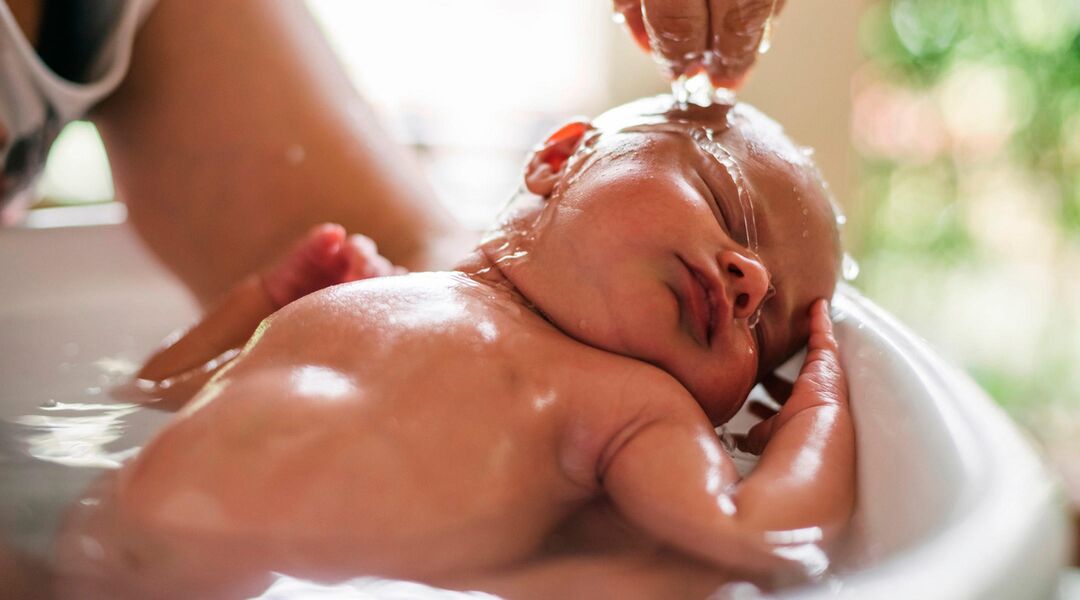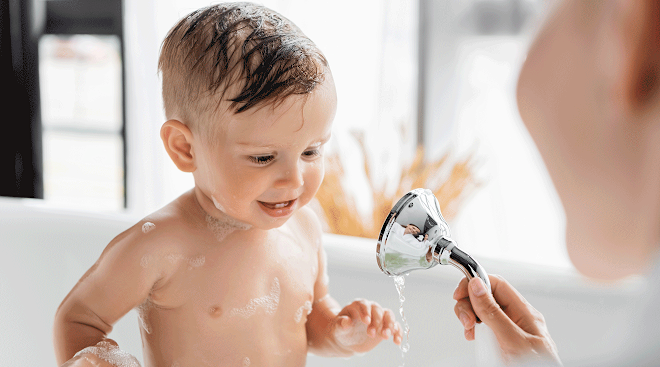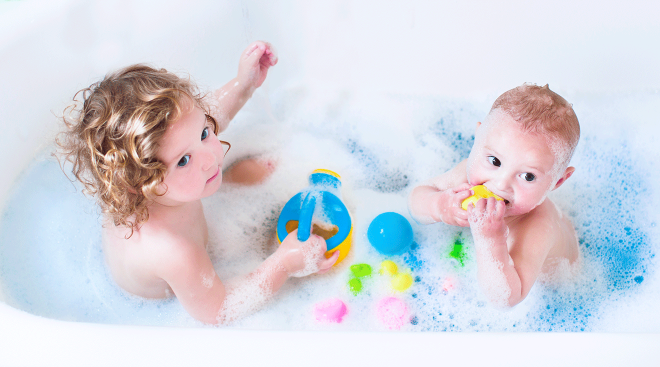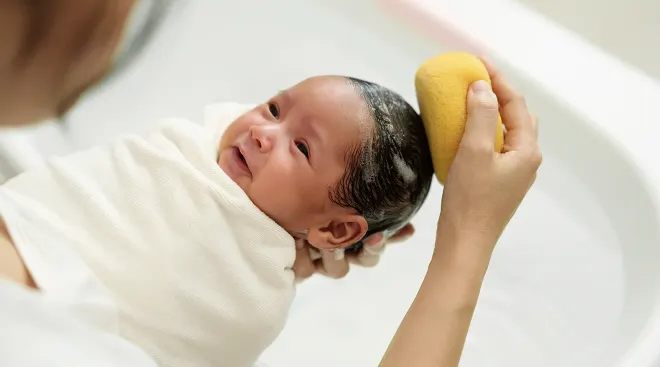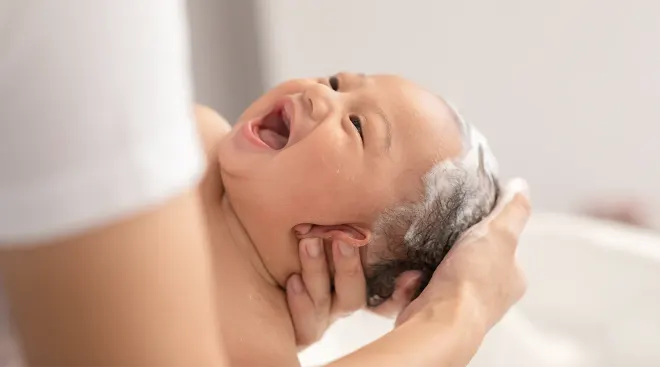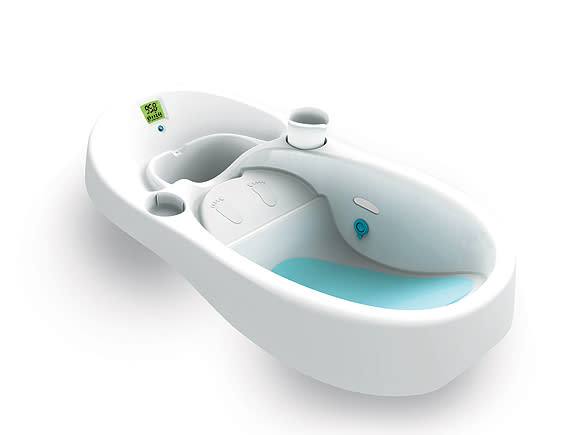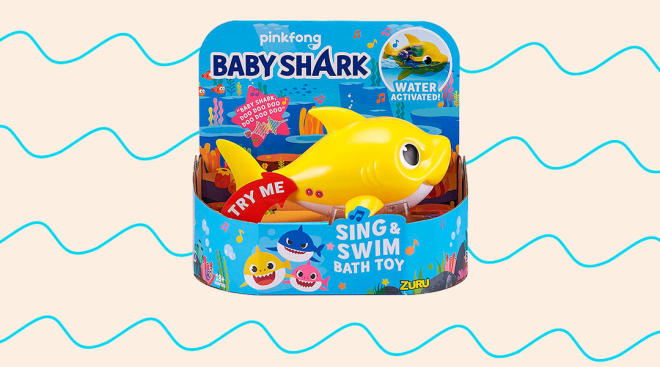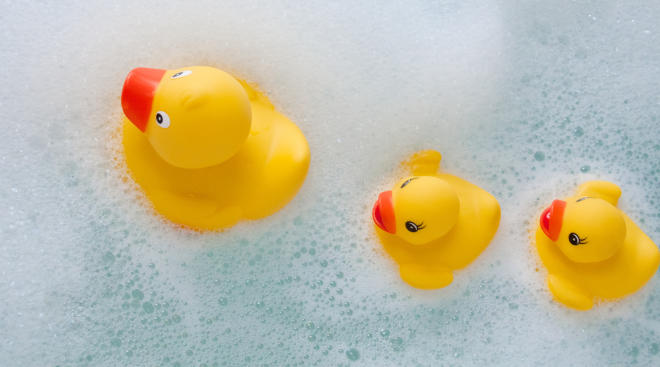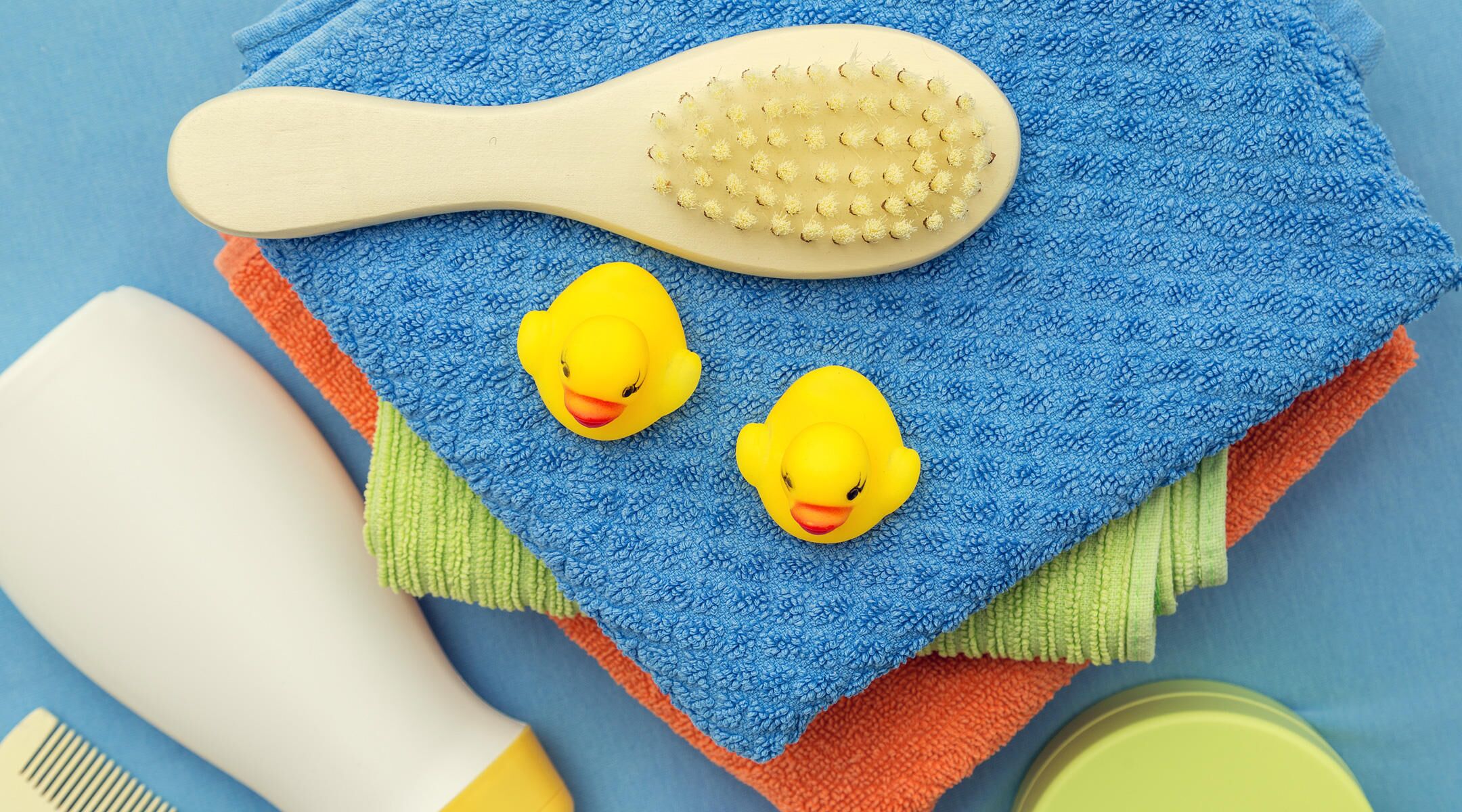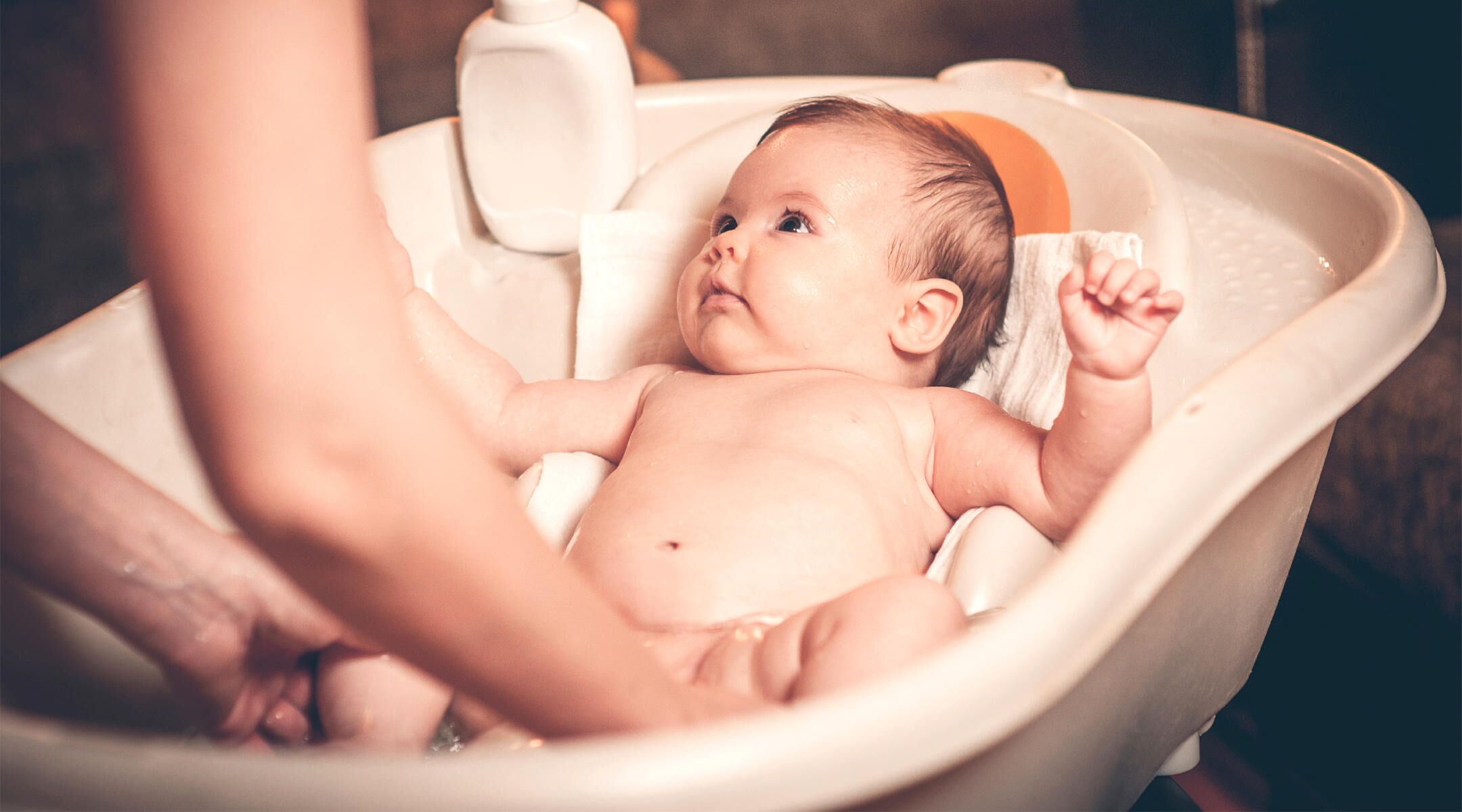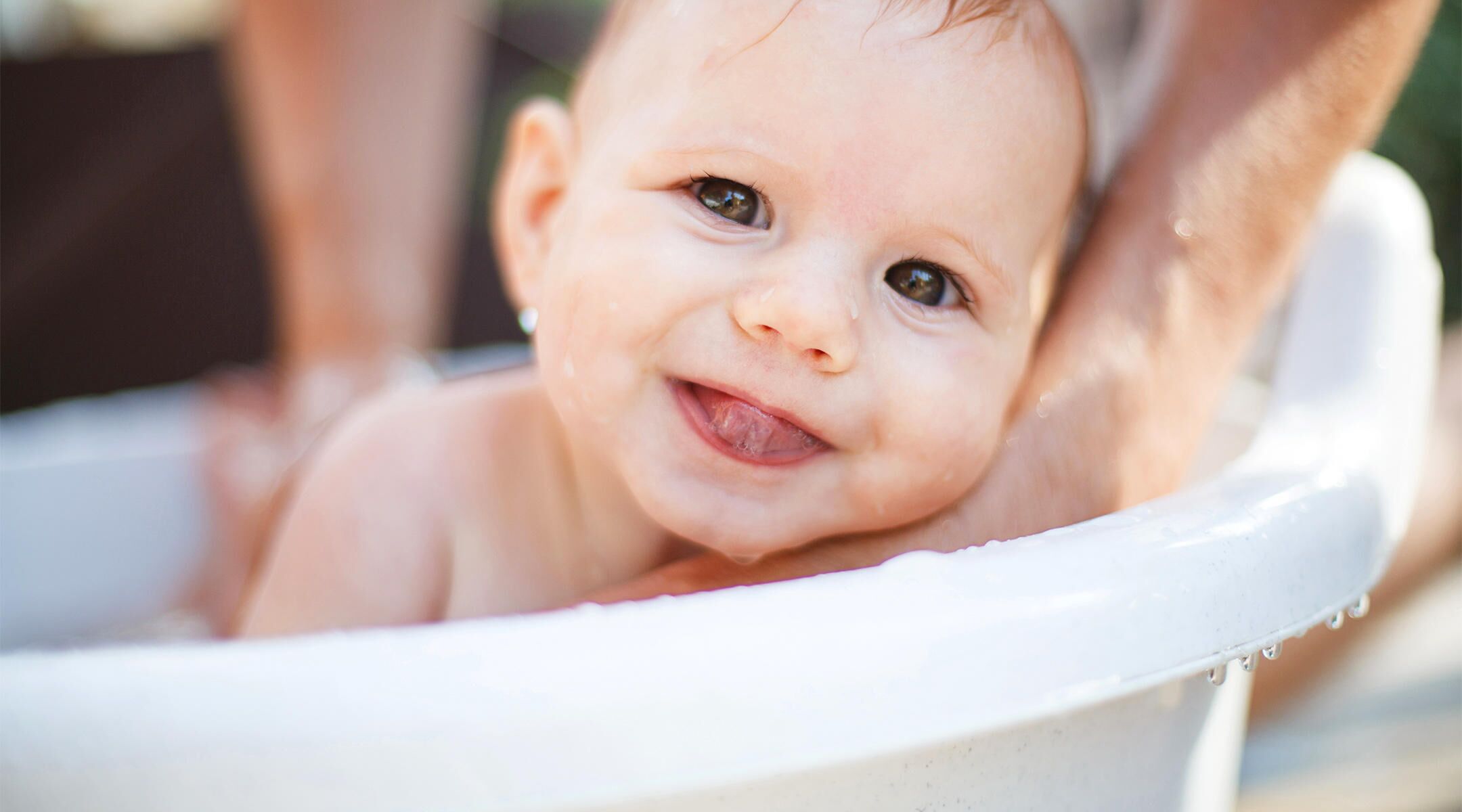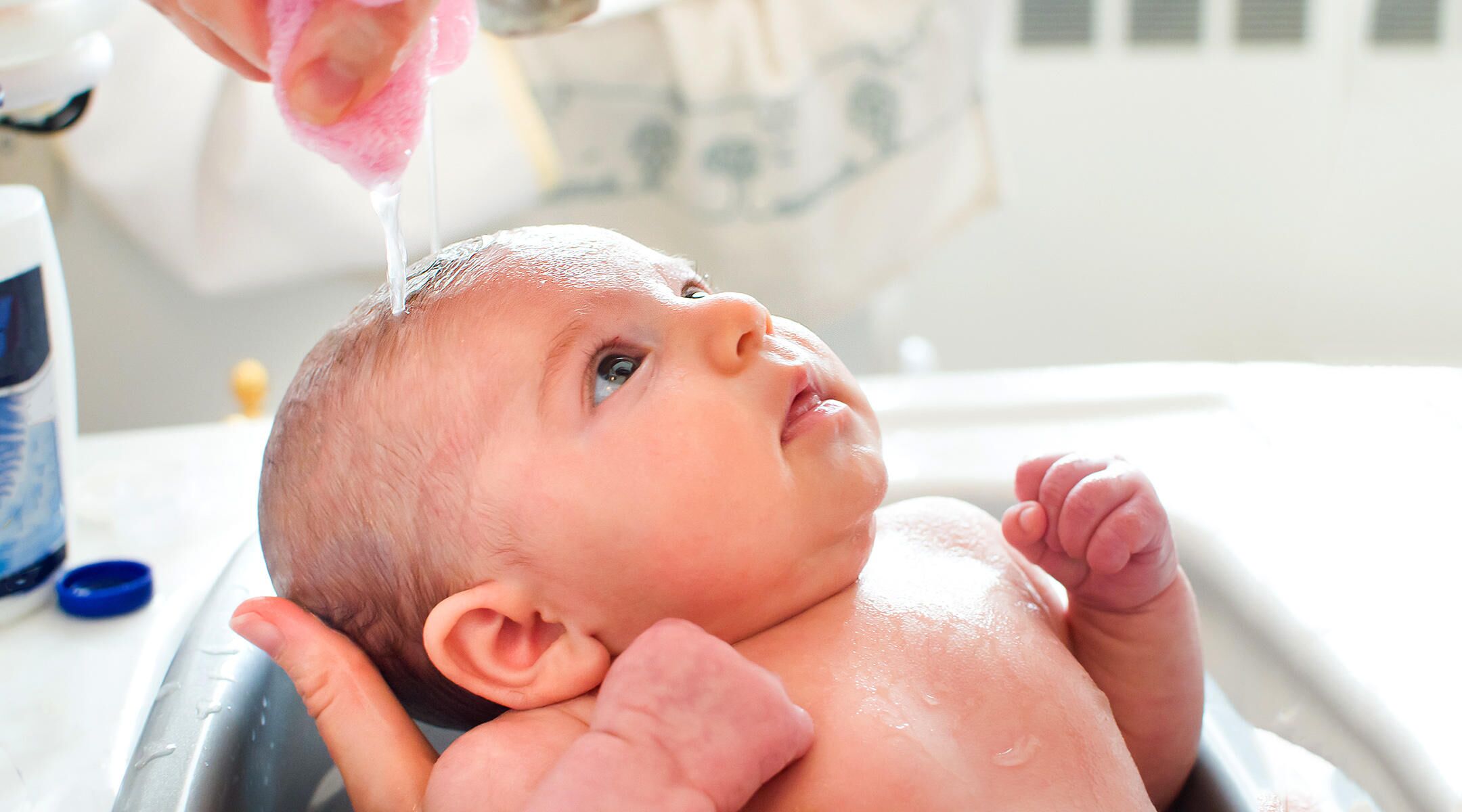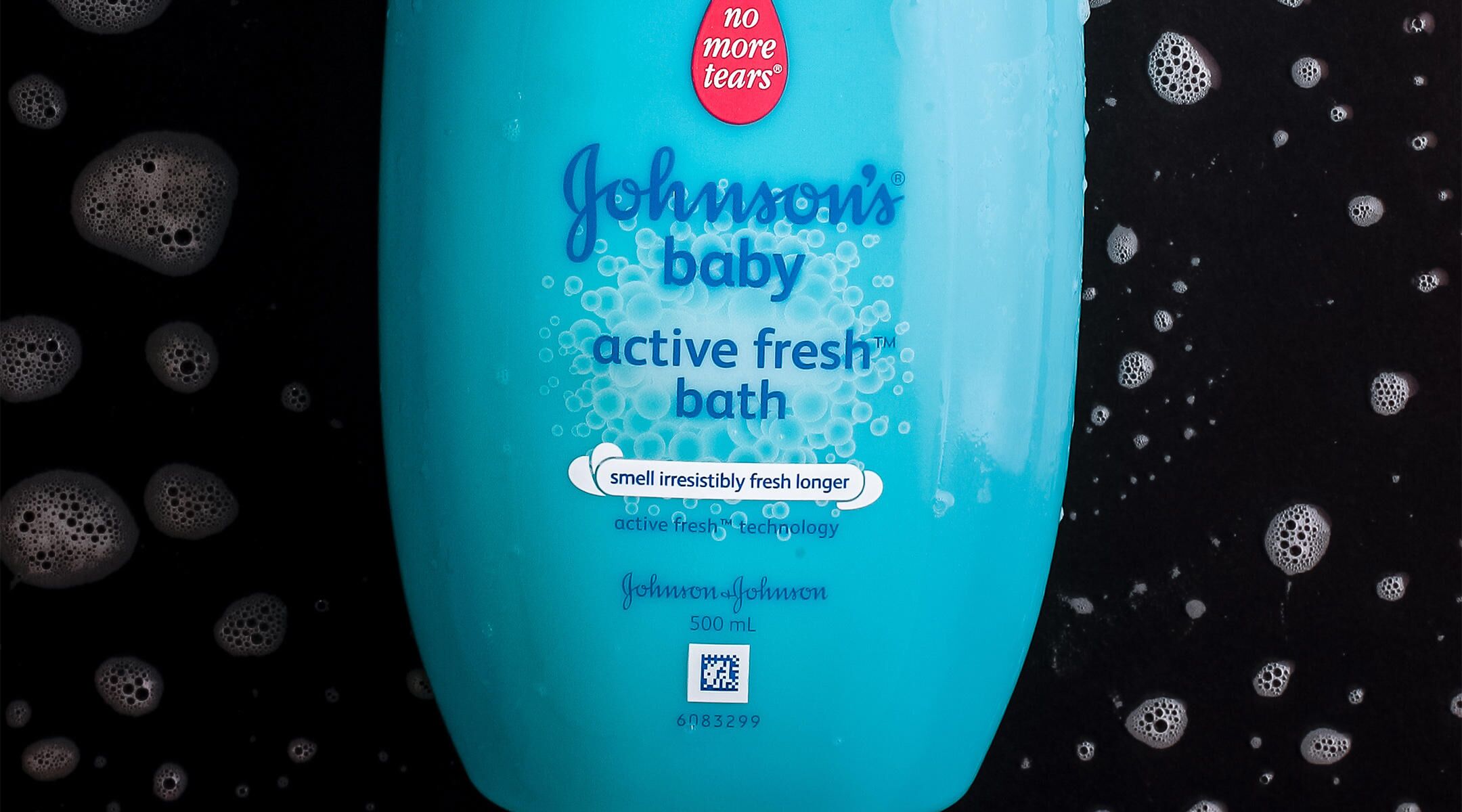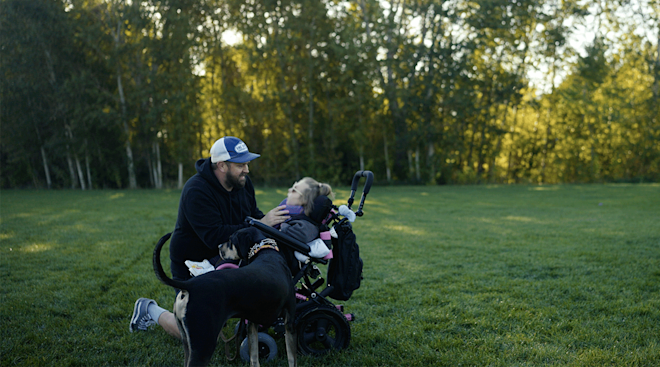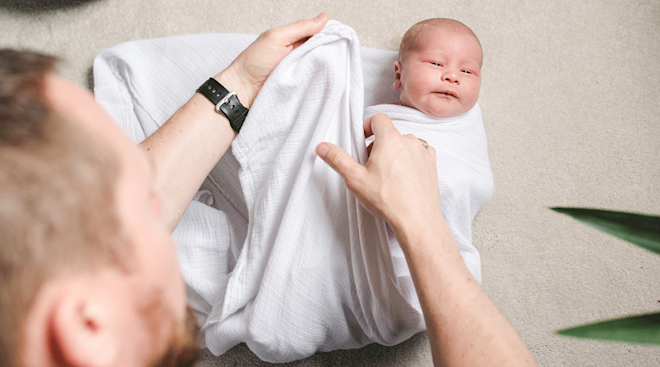What to Know About Baby Bath Seat Safety
As every parent knows, a squiggly, slippery baby can be quite a handful at bath time. A baby bath seat may seem like a great way to keep your mobile munchkin in one place, but buyers beware: These seats can actually pose serious danger—so much so, in fact, that many experts and consumer groups, including the American Association of Pediatrics, no longer recommend them. If you’re thinking about purchasing an infant bath seat, here’s what to know before buying, and how to choose and use one safely so splash time with baby stays fun and stress free.
A baby bath seat is a type of chair, usually made of hard plastic, that sits partially submerged in the bathtub water. Designed to support the head and back, these seats also help baby stay put, leaving your hands free so you can properly soap and clean your little one. “It can be very difficult to bathe a baby, especially a newborn, in a regular tub by yourself,” says Nicole Randazzo-Ahern, MD, medical director of the newborn nursery at MassGeneral Hospital for Children in Boston. “A baby bath seat also allows you to wash your child without having to buy a smaller tub, which an infant will quickly outgrow.”
There are several varieties of bath seats. For newborns, there are plastic models contoured to an infant’s body, as well as sling chairs with suspended cloth seats that let in water through the fabric. “Both of them are tilted back like a lounge chair and designed for babies who can’t sit up on their own,” says Randazzo-Ahern. Older infants can be placed in a more traditional-style baby bath chair, which is similar to a high chair seat: It has a bar across the front instead of a tray, openings for baby’s legs and suction cups on the bottom to secure it to the tub. Another option is a baby bath ring, a soft, inflatable “pillow” that allows your infant to lay back and float in the water. When baby can sit up, the seat ring can be secured around the waist to help keep him upright.
Experts all agree that the biggest hazard of infant bath seats is that they give parents a false sense of security, which could tempt them to leave baby unattended—with potentially tragic results. Infants can crawl or slide out of the seats, or tip forward or sideways. Suction cups on the bottom of a baby bath chair can also become detached from the tub and the chair can tip over, trapping baby underwater. An infant can drown in as little as two inches of water and in a matter of seconds.
According to a 2012 report by the Consumer Product Safety Commission (CPSC), there were 434 child drowning deaths related to bath seats, buckets, bathtubs and toilets from 2006 to 2010; 81 percent of the incidents involved bath products, and 82 percent of the victims were younger than 2. Of the reported fatalities, 51 percent involved a lapse in supervision, such as a parent or caregiver leaving the bathroom to retrieve a towel or answer the phone or door.
In 2010, the Consumer Product Safety Commission voted unanimously to adopt new federal safety standards for infant bath seats, including stricter requirements to prevent them from tipping over and smaller leg openings to keep infants from sliding through. But the changes fail to offer any safety guarantees: In fact, nearly a dozen baby bath seat recalls have been issued since then.
“The fact is, these products are intended as bathing aids, not safety devices. They won’t prevent drowning if a child is left unattended,” says Debra Holtzman, a child safety expert and author of The Safe Baby. “As an educator, there are certain things I have on a list of what parents shouldn’t get, and baby bath seats are one of them.”
If you do decide to use a bath seat for baby, take proper precautions. “You obviously don’t want one made before 2010, so don’t accept an old hand-me-down,” says S. Daniel Ganjian, MD, a pediatrician at Providence Saint John’s Health Center in Santa Monica, California. “Make sure you buy a seat that has sturdy suction grips on the bottom as well as a strap or bar that goes between your child’s legs to prevent him from slipping down.” Of course, it’s important to keep an eye out for baby bath seat recalls, which you can do at CPSC.gov.
Following basic bath safety guidelines is also essential. Here, some important safety tips to keep in mind:
• Test the water temperature. When filling the bathtub, start with cold water, then add hot. Turn off the hot water first to cool down the metal faucet and avoid burns if baby touches it. Always test the temperature with your hand first, ensuring there are no hot spots (a temperature of 98 to 100 degrees Fahrenheit is recommended).
• Don’t overfill the tub. There shouldn’t be more than two inches of water in the bathtub.
• Keep baby away from the faucet. Position the baby bath seat so your little one is facing away from the faucet. (If she doesn’t see it, she won’t be tempted to play with it!) To prevent baby from bumping her head, foam rubber covers that slip over the faucet and handles are a good idea.
• Secure the baby bath seat suction cups. After putting your infant in the baby bath chair, try moving it to make sure the rubber grips are working and the seat won’t tip over.
• Never leave baby unattended. That also means your little one shouldn’t be left under the supervision of an older child, even for a second. “The safest thing is to have one hand on an infant at all times,” Holtzman says. Keep all of the necessary supplies—washcloth, soap, baby shampoo and towels—within arm’s reach.
• Give baby your full attention. “Parents need to be undistracted and present in the moment, and completely supervising their kids,” Holtzman says. “That means no texting or talking on the phone, and if you have to leave the room for any reason, you take your baby with you. The point can’t be stressed enough—whether you use a baby bath seat or not, you can’t leave a child in the bathtub, ever.”
Published November 2017
Navigate forward to interact with the calendar and select a date. Press the question mark key to get the keyboard shortcuts for changing dates.
































